Decentralized Finance (DeFi) is revolutionizing online financial communities, reshaping how users invest, trade, and interact with financial services. This article explores DeFi's impact, benefits, risks, real-world applications, and the latest trends in 2025.
Decentralized Finance (DeFi) has grown into a multi-billion-dollar industry, fundamentally transforming online financial communities. With the power of blockchain, DeFi eliminates intermediaries, allowing users worldwide to access banking, lending, and investing services without traditional institutions. This shift has fueled new online communities where traders, investors, and developers exchange insights, strategies, and emerging trends.
1. The Rise of DeFi: A Game-Changer for Financial Freedom
- DeFi platforms provide an open, borderless financial system.
- Users can earn passive income through staking, liquidity pools, and yield farming.
- Major platforms like Aave, Uniswap, and MakerDAO have seen exponential growth.
Example:
Uniswap, a decentralized exchange (DEX), has processed billions of dollars in trades without a central authority, allowing online communities to thrive around DeFi trading strategies.
2. How DeFi Empowers Online Financial Communities
Key Features:
✅ Peer-to-Peer Lending: Users lend and borrow funds without banks.
✅ Yield Farming & Staking: Investors earn rewards by locking assets.
✅ Automated Market Making (AMM): DEX platforms like Uniswap provide seamless trading.
✅ DAOs (Decentralized Autonomous Organizations): Community-driven governance for DeFi protocols.
Real-World Impact:
DeFi forums, Reddit groups, and Discord communities now educate millions on how to generate income from decentralized platforms.
3. Benefits of DeFi for Online Financial Communities
✅ No Middlemen: Transactions occur directly between users, reducing fees.
✅ Global Access: Anyone with internet access can participate in DeFi.
✅ Transparency: Smart contracts make financial transactions verifiable and secure.
✅ Financial Inclusion: DeFi enables banking services for the unbanked population.
Example:
In 2025, Argentina’s online DeFi communities have skyrocketed as citizens use decentralized lending protocols to escape hyperinflation.
4. The Risks and Challenges of DeFi
❌ Smart Contract Vulnerabilities: Bugs or hacks can lead to massive losses.
❌ Regulatory Uncertainty: Governments are still working on DeFi regulations.
❌ Impermanent Loss in Liquidity Pools: Providing liquidity to AMMs can result in potential losses.
❌ Scams and Rug Pulls: Lack of oversight leads to fraudulent projects.
News Highlight:
Recently, a new DeFi project promising high returns turned out to be a rug pull, where developers withdrew all funds, leaving investors with nothing.
5. The Future of DeFi in 2025 and Beyond
🔹 Institutional Adoption: Major financial firms are integrating DeFi into their services.
🔹 Cross-Chain Solutions: More seamless interactions between blockchains like Ethereum, Solana, and Avalanche.
🔹 AI-Powered DeFi: Smarter lending and automated risk assessments using AI.
🔹 Regulated DeFi (RegFi): Governments are exploring ways to regulate DeFi without stifling innovation.
Example:
JPMorgan recently launched its own DeFi project, bridging traditional finance with blockchain solutions.
Conclusion: Is DeFi the Future of Online Financial Communities?
DeFi is reshaping how financial communities interact, learn, and profit. While risks exist, its transparency, accessibility, and decentralized nature make it a powerful alternative to traditional finance. As more users join online DeFi forums, financial independence becomes a reality for millions.
Call to Action:
🚀 Are you investing in DeFi? Join the discussion! Share your experiences in the comments below and let’s explore the future of decentralized finance together.


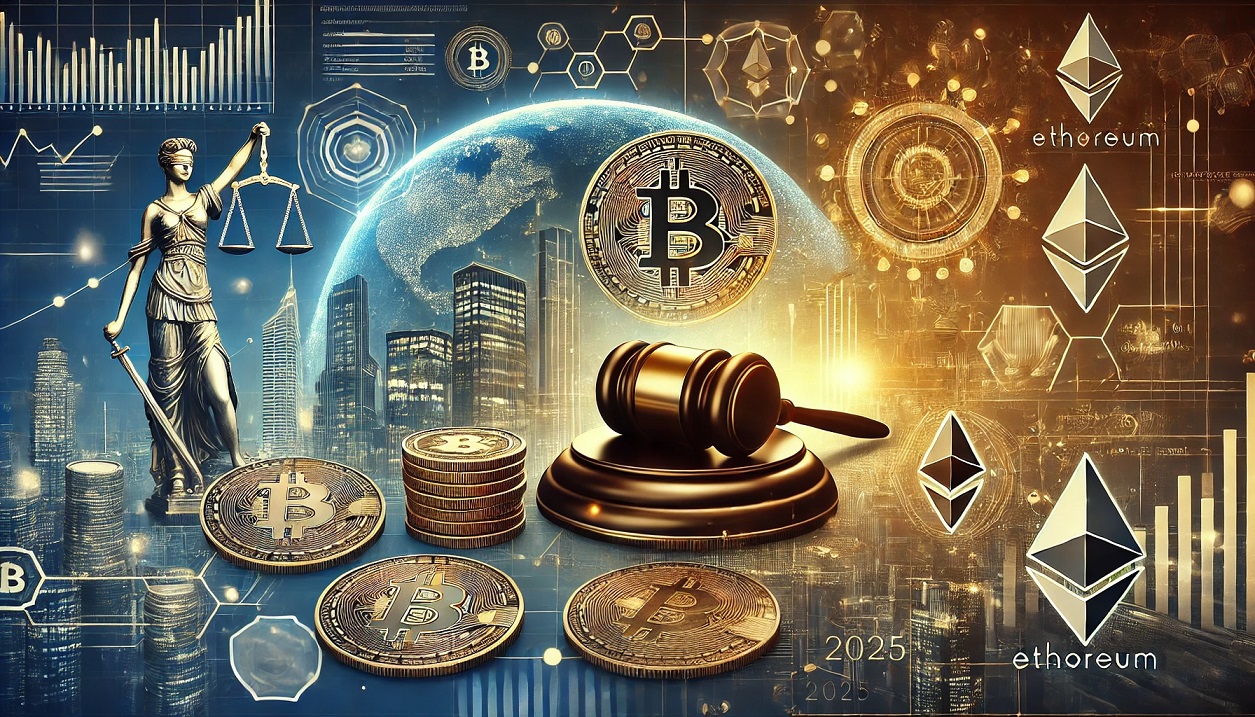

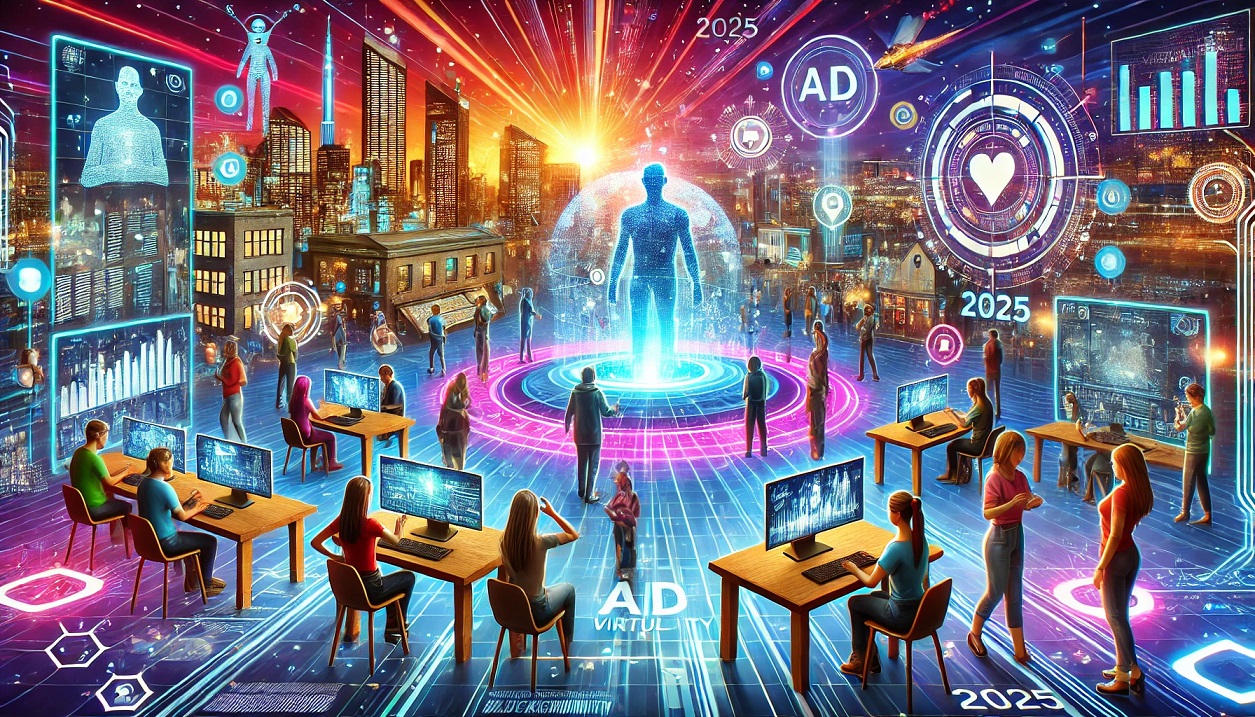
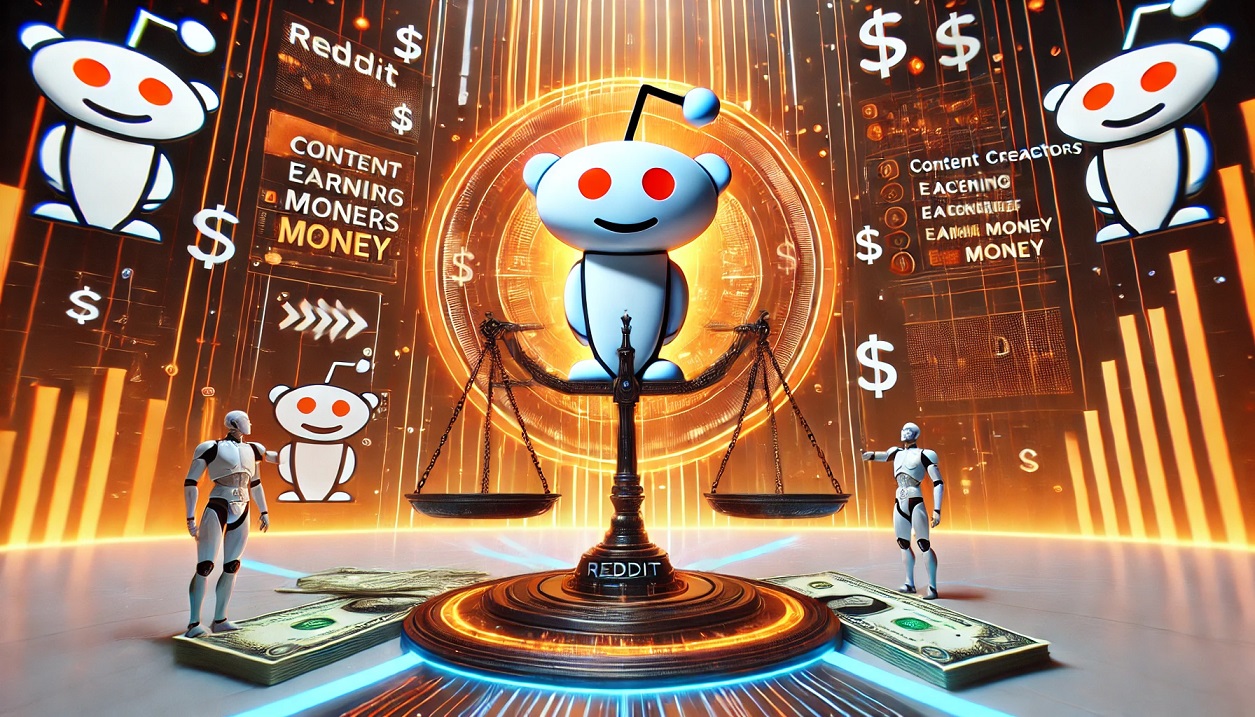

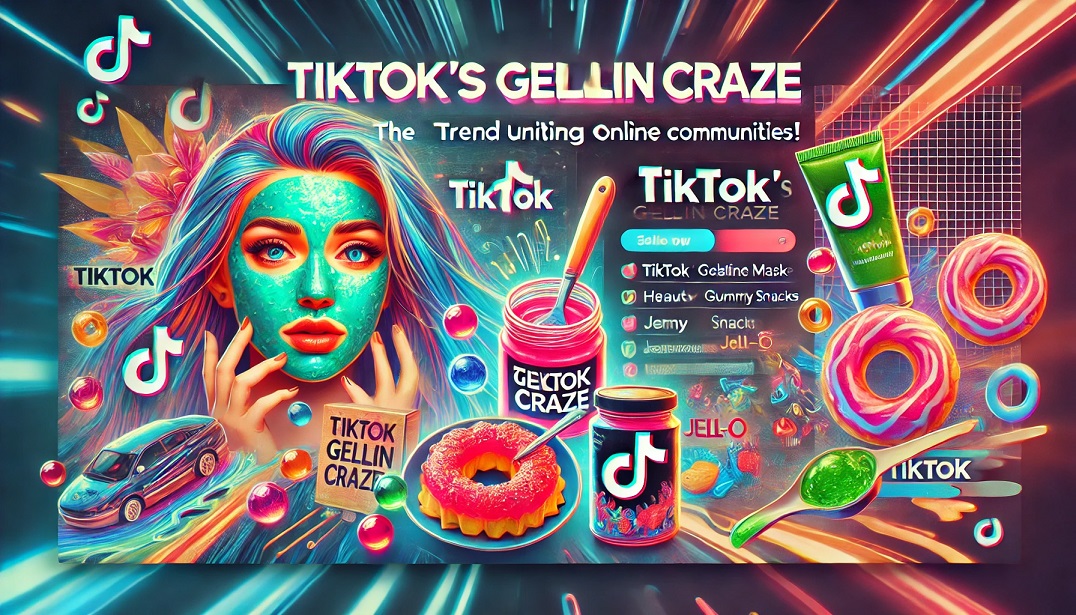


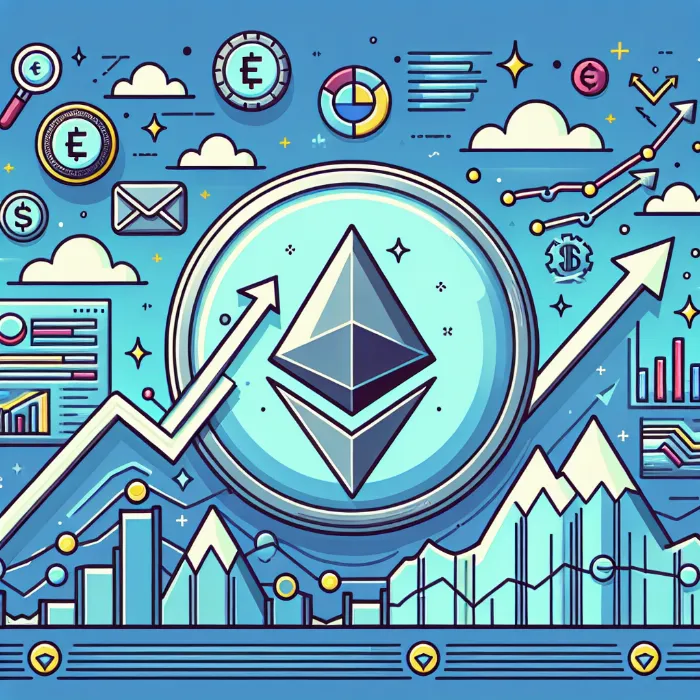





Comments 0